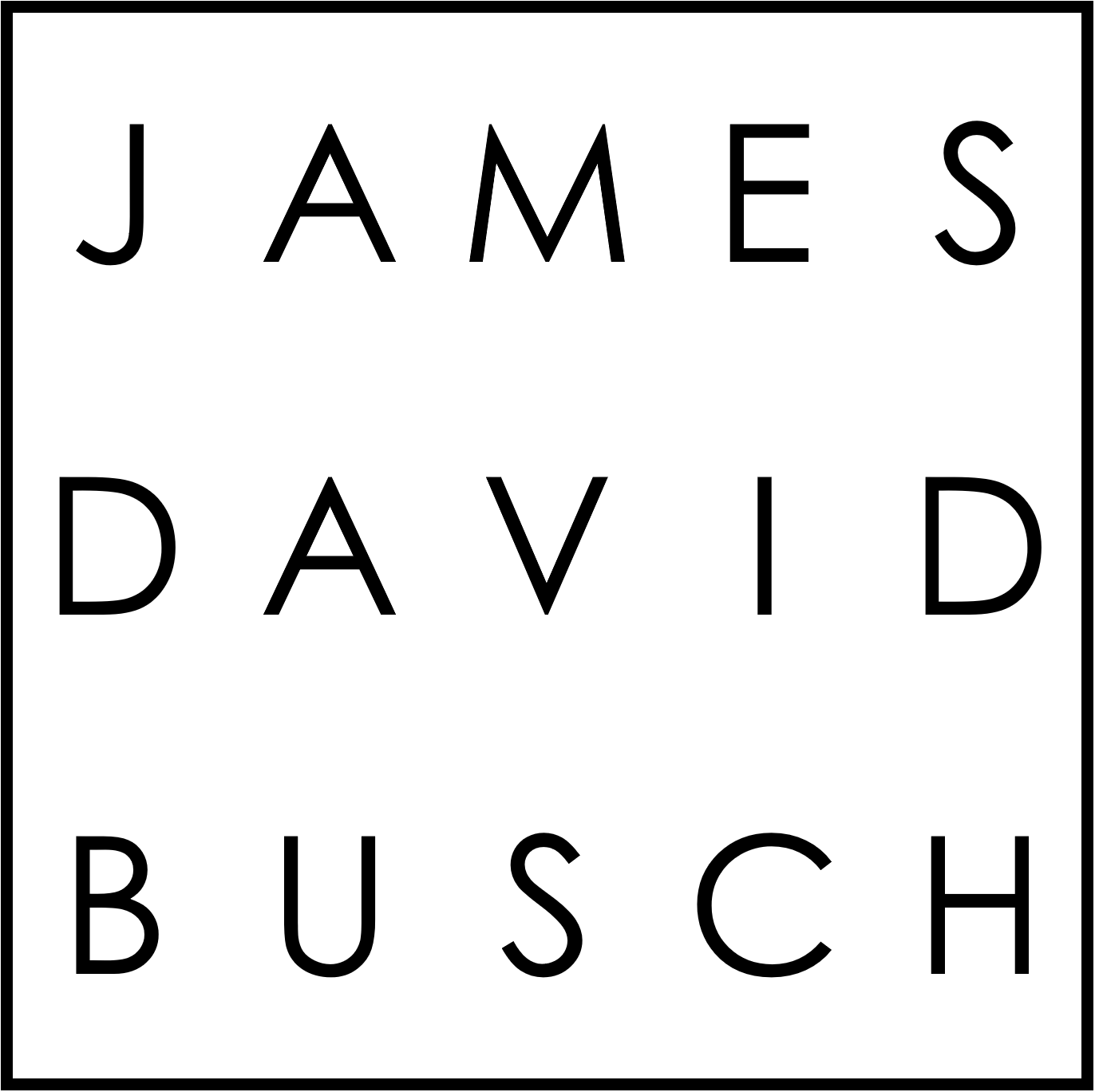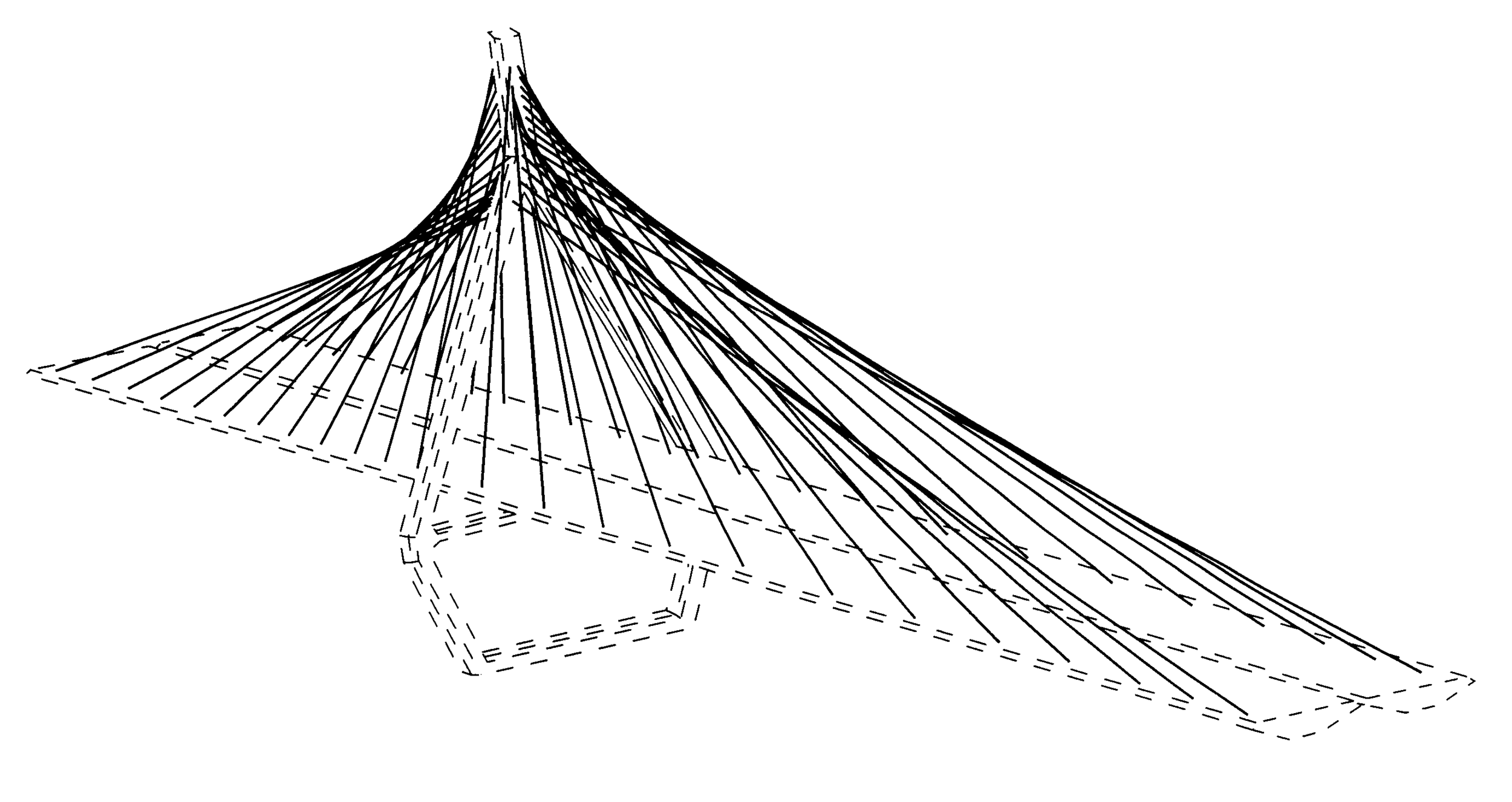What Should Inventors Document from Conception Regarding Secondary Considerations of Non-Obviousness?
In my last post, What do Contingent Fee Lawyers Consider when Evaluating Novelty and Non-Obviousness?, I urged inventors and patent owners to "do everything they can to establish objective evidence of non-obviousness throughout and contemporaneously with the inventive process and the development of the market."
What is this evidence, exactly? It is evidence of "unpredictable results," "industry praise" and "copying by others," "long-felt need," or "commercial success." that is directly tied to the claimed aspects of the invention. Some examples from "famous" cases follow will help illustrate the type of information that should be compiled:
Predictable Results Show Obviousness; Unpredictable Results Show Non-Obviousness. “The combination of familiar elements according to known methods is likely to be obvious when it does no more than yield predictable results.”
In United States v. Adams, 383 U.S. 39 (1966), the invention was a battery where acid was substituted with water. The record disclosed the skepticism of experts before the invention, the endorsement of experts after disclosure, and unexpected result of using water to activate the battery instead of acid. Ultimately the invention was held not to be obvious.
In Anderson’s-Black Rock, Inc. v. Pavement Salvage Co., 396 U.S. 57 (1969) and Sakraida v. AG Pro, Inc., 425 U.S. 273 (1976), the finding was the claims were obvious because the combination of old elements yielded results that would have been expected by the combination or series of elements.
Unexpected Results Takeaway: It is not uncommon for incumbents in an industry to initially be skeptical of disruptive technologies. An inventor or patent owner should document skepticism of experts before the invention and the subsequent reversal of opinion after the invention when possible. One should keep a close eye on interviews, news articles, and other media where decision makers from an infringing company comment publicly on relevant features of their products to build a record of initial industry skepticism for an invention, and establish a timeline of when the corresponding features were subsequently discussed in favorable terms in the industry.
Industry Praise and Copying of the Claimed Features Shows Non-Obviousness. "Evidence that the industry praised a claimed invention or a product that embodies the patent claims weighs against an assertion that the same claimed invention would have been obvious. Industry participants, especially competitors, are not likely to praise an obvious advance over the known art. Thus, if there is evidence of industry praise of the claimed invention in the record, it weighs in favor of the non-obviousness of the claimed invention. " See Apple v. Samsung.
In the Apple v. Samsung trial over the "slide to unlock" patent, Apple relied upon the audience reaction at the first public unveiling of the iPhone, and also on internal Samsung documents that it argues show both copying and industry praise. For example:
"The court also explained that Apple presented a video at trial showing Steve Jobs unveiling the slide to unlock feature at an Apple event. When Mr. Jobs swiped to unlock the phone, “the audience burst into cheers.” The video was shown to the jury, and Apple's expert, an inventor, and Apple's Vice President of Marketing all referenced the video in their testimony."
"[Apple] cited numerous internal Samsung documents that both praised Apple's slide to unlock feature and indicated that Samsung should modify its own phones to incorporate Apple's slide to unlock feature. The court noted that "[s]uch internal documents from the patentee's top competitor represent important admissions, acknowledging the merits of the patented advance over the then state of the art and can be used to establish industry praise." These documents included:
"[P]resentation prepared by Samsung's European design team in June 2009 with a picture of the iPhone stating that Apple's slide to unlock invention is a “[c]reative way[ ] of solving UI complexity” and that “swiping unlock on the screen allows to prevent erroneous unlock,”"
"Samsung software verification group document with a picture of the iPhone noting that unlike Samsung's “Victory” phone, the iPhone's “unlocking standard is precise as it is handled through sliding, and it allows prevention of any wrong motion,” and recommending a “direction of improvement” to make it the “same as iPhone, [and] clarify the unlocking standard by sliding,”"
"Samsung document with a picture of the iPhone recommending improving the Samsung phone by making it “easy to unlock, [given that] lock screen always shows guide text or arrow like the iPhone” and to make the lock icon's movement “be smooth and continuous” like the iPhone,"
"Samsung document with a picture of the iPhone noting that the iPhone “intuitively indicate[s] the direction and length to move when unlocking on the lock screen,”
"Samsung document with a picture of an iPhone that describes the “Direction of Improvement” as using a defined bar to unlock the phone, as is done on the iPhone. The same document describes the “Direction of Improvement” as displaying the unlock instruction on the screen, as is done on the iPhone."
Industry Praise and Copying Takeaway: Short of discovery in litigation, an inventor or patent owner will not be able to obtain internal documents showing praise or copying. However, an inventor or patent owner can keep a close eye on interviews, news articles, and other media where decision makers from an infringing company comment publicly on relevant features of their products to build a record of industry praise for an innovation, and a timeline of when the relevant features were copied into infringing products.
Long-Felt but Unsolved Need Shows Non-Obviousness. "Evidence of a long-felt but unresolved need can weigh in favor of the non-obviousness of an invention because it is reasonable to infer the need would not have persisted had the solution been obvious." See Apple v. Samsung.
"There is substantial evidence for the jury to have found that there was a long-felt but unresolved need for a solution to the pocket dialing problem until Apple's claimed invention, with its slide to unlock feature, solved that problem."
"In this case, there is substantial evidence for the jury's finding that long-felt need supported the non-obviousness of the claimed invention. Denying JMOL on this issue, the district court cited testimony from Apple's expert: “Dr. Cockburn's testimony that phone designers had been trying to solve the problem of accidental activation and the ‘pocket dial problem’ before the iPhone existed, but had only come up with ‘frustrat[ing]’ solutions.” … While the expert discusses particular examples in the first person: “I have been very frustrated with [the prior art options],” the jury could still reasonably find that this testimony was probative of a long-felt need."
"The district court also cited the testimony of one of the inventors, where he discussed concerns over pocket dialing. In addition to the portion of Dr. Cockburn's testimony cited by the district court, there are other portions of his testimony upon which the jury fact-finding could be predicated. The record contained a document … in which Samsung listed all the alternatives to the iPhone slide to unlock. Apple's expert went through several of the alternatives, including the Ripple unlock, the glass unlock, and the circle unlock, and explained how each of these failed to solve the accidental activation problem. The jury could have reasonably found that this testimony established long-felt unresolved need."
Long-Felt Need Takeaway: Evidence of long-felt but unsolved need is based on the alternatives that existed at the time of the invention, and the failure of those alternatives to sufficiently address the problem solved by the relevant invention. Compiling this type of information to make a case for long-felt need can be done from public information contemporaneously with the invention. An expert can later use this information to provide a declaration.
Commercial Success Shows Non-Obviousness. Evidence of commercial success can way in favor of non-obviousness for an invention because it is reasonable to infer that the commercial success would not have resulted if there were not novel and non-obvious aspects to the invention. Commercial success is perhaps one of the more difficult areas to prove because it relies heavily on expert testimony and must be tied to the claimed features (and not advertising or other efforts unrelated to the market demand for the claimed improvement). For example, typically experts must discuss many factors relating to the invention's commercial success:
The parties usually engage experts to opine on commercial success. Such experts often are economists, although other professionals may be experts in this area, such as accountants, marketing professionals, and product development professionals. Economists analyze many factors to determine whether a product is, in fact, commercially successful."
First, a commercially successful product is generally differentiated in the marketplace as a result of its patented features.
Second, markets react to innovative products. Such market reaction should be reflected in significant sales and market share if a product is a "commercial success." Innovative products also tend to expand the market demand for such products.
Third, the sales of a product that is a "commercial success" should not be due to advertising and promotion, but to the patented features of the product. Economists recognize that producers promote and advertise their products to inform consumers of product features and to differentiate the products in the marketplace.
Fourth, a "commercially successful" product should typically command a price premium, as consumers are willing to pay extra for the specific benefits offered by the product.
See Kozuch et al., "'Commercial Success' in Pharmaceutical Patent Litigation, and Cross-Examination of the Patent Owner's Economist," Intellectual Property Today (April 2009).
Commercial Success Takeaway: A showing of commercial success can be a more difficult "secondary consideration" to prove. It typically requires a showing by an economic expert that the claimed inventive features are the reason for the commercial success as opposed to advertising. Showing commercial success may require disclosure of sensitive business information (such as sales, advertising budget, market share, etc.). Furthermore, if you are a small company that has been crushed by a larger competitor, you may have a real invention but no commercial success. Do keep a pulse on commercial success throughout the inventive process, but be cautious when deciding to rely on or make arguments based on commercial success.
Conclusion. If you assert a patent, it is more likely than not that a defendant will assert your patent is "obvious" using hindsight bias to piece together many references using your invention as a roadmap. To combat this, you must show objective evidence of non-obviousness. If you compile this information as it becomes available contemporaneously with your invention, throughout the prosecution, and as the market develops, you can best position yourself to combat "obviousness" arguments.





